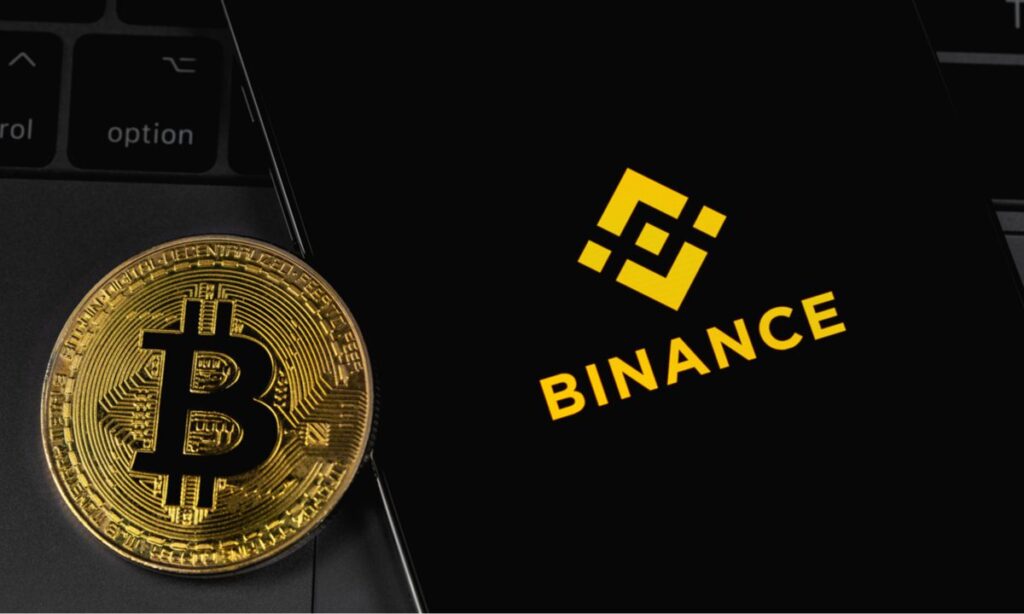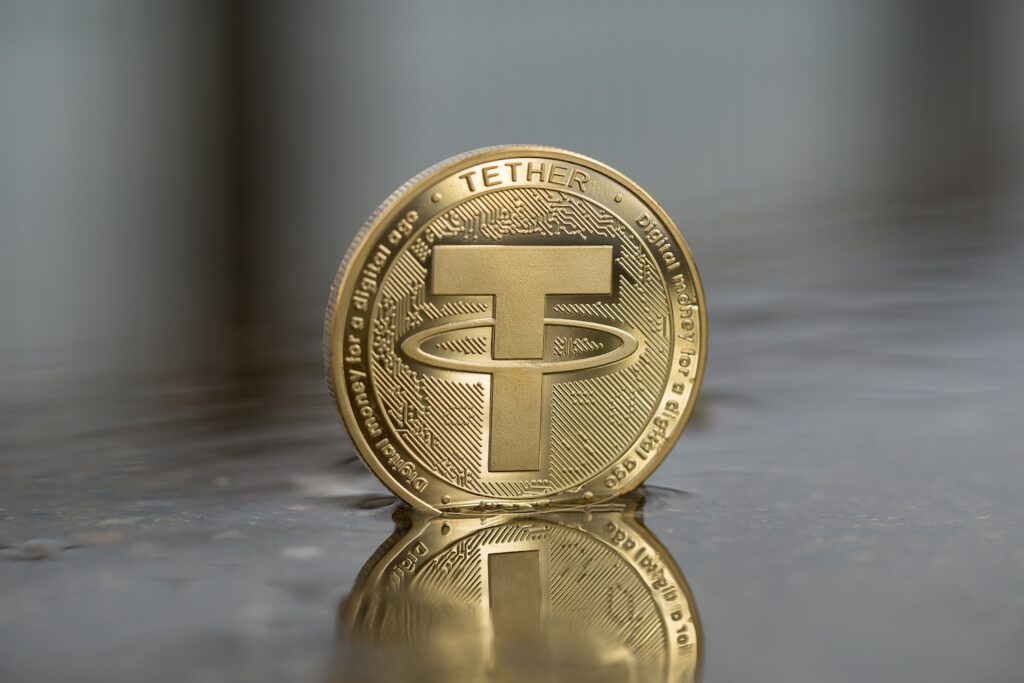Bitcoin tapped $65,000 after the Sept. 26 Wall Street open as United States macro events fueled risk asset gains.
Data from Cointelegraph Markets Pro and TradingView indicated that BTC price momentum pushed it to $65,521 on Bitstamp — marking its highest point in nearly two months.
The continued upward movement was spurred by US Treasury Secretary Janet Yellen, who increased optimism that the Federal Reserve would achieve a “soft landing” for inflation.
Speaking to CNBC, Yellen portrayed a positive outlook for the US economy, a tone that Fed Chair Jerome Powell did not echo during his prepared remarks at the 2024 US Treasury Market Conference at the New York Fed.
“As I noted when I spoke at this event in 2015, our nation’s entire financial framework has been built around the ability to quickly and efficiently transform Treasury securities into cash liquidity,” he stated.
“I said then that ‘these markets need to keep functioning at a high level, and we all have a stake in making sure that they do.’ I remain wholly dedicated to that goal.”
Additionally, US Q2 gross domestic product data met expectations at 3.0%, while jobless claims fell slightly below anticipated levels.
The S&P 500 set a new intraday record high on the same day, continuing a rally that gained momentum after Powell announced the first interest rate cuts in four years on Sept. 18.
Commenting on the situation, trading resource The Kobeissi Letter attributed the latest gains to China, which announced various fiscal stimulus measures this week.
“This is only the beginning,” it stated in a dedicated thread on X, describing China as “panicking.”
Meanwhile, Bitcoin market participants recognized the need for consolidation around the recent highs before pursuing further upside.
“$65K ask liquidity taken. Next ask liquidity is $66K. Bid liquidity around $62K – $61K,” popular trader Skew informed X followers.
“So given the large gap now, would want to see more structure develop or a nice consolidation before continuation higher. The bad outcome would be a full retrace with weakness.”
Recent data from monitoring resource CoinGlass showed liquidity accumulating on either side of the spot price once more across exchange order books.











